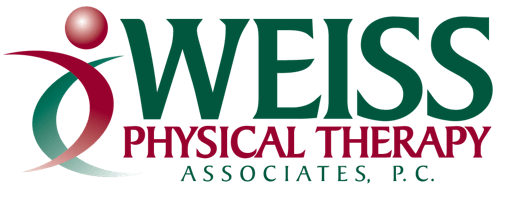Introduction:
Aquatic therapy consists of an exercise program that is performed in the water. It is a beneficial form of therapy that is useful for a variety of medical conditions. Aquatic therapy uses the physical properties of water to assist in patient healing and exercise performance.
Aquatic Physical Therapy includes but is not limited to treatment, rehabilitation, prevention, health, wellness and fitness of patient/client populations in an aquatic environment with or without the use of assistive, adaptive, orthotic, protective, or supportive devices and equipment.
The buoyancy, support, accommodating resistance and other unique properties of the aquatic environment enhance interventions for patients/clients across the age span with musculoskeletal, neuromuscular, cardiovascular/pulmonary diseases, disorders, or conditions. Aquatic Therapy can also be utilized as a preventative measure against many of these diseases and conditions.

Beneficial Properties of Water:

Buoyancy:
Buoyancy is the upward pressure of water on the body, acting in the opposite direction to gravity. Buoyancy reduces body weight, which may assist people to move limbs through the full range of motion and reduce pressure on joints.
Turbulence:
Turbulence is the irregular motion or swirling agitation of water. Turbulent water can provide an environment for static and dynamic balance training with minimal risk of injury. The level of challenge can be raised by increasing the water agitation.
Variable Resistance:
The water creates a safe and effective environment for progressive strengthening exercises. Water is denser than air and provides greater resistance to movement.
Hydrostatic Pressure:
Hydrostatic pressure is the force exerted by water on an immersed object and is proportional to the depth of water. Hydrostatic pressure on limbs may help reduce swelling as well as increase circulation and lymphatic flow.
Temperature:
Aquatic therapy water temperature is usually maintained between 88-94 degrees depending on the individual’s needs.
What kind of conditions will benefit from Aquatic Therapy?
- Arthritis
- Ankle Injuries
- Cerebral Vascular Accident (Stroke)
- Chronic pain
- Fibromyalgia
- Herniated Disc
- Joint Replacements
- Knee Injuries
- Low Back Pain
- Maintain fitness levels
- Neurological Conditions (MS, PD, Stoke)
- Pre-surgical rehabilitation
- Post-surgical rehabilitation
- Shoulder conditions
- Sports and work related injuries requiring rapid rehabilitation
- Sports Performance Training
- Weight Loss Program
How does aquatic therapy benefit these conditions?
- Accelerates rehabilitation
- Reduces pressure on the joints
- Decreases pain and swelling
- Encourages safety and confidence
- Enhanced mobility
- Increases circulation
- Increases strength and endurance
- Increases range of motion and flexibility
- Increases balance, coordination and proprioception
- Decreases muscle spasms and guarding
- Improves body mechanics with work and daily activities to avoid re-injury
- Improves gait or postural deviations
- Promotes relaxation and decreases stress


